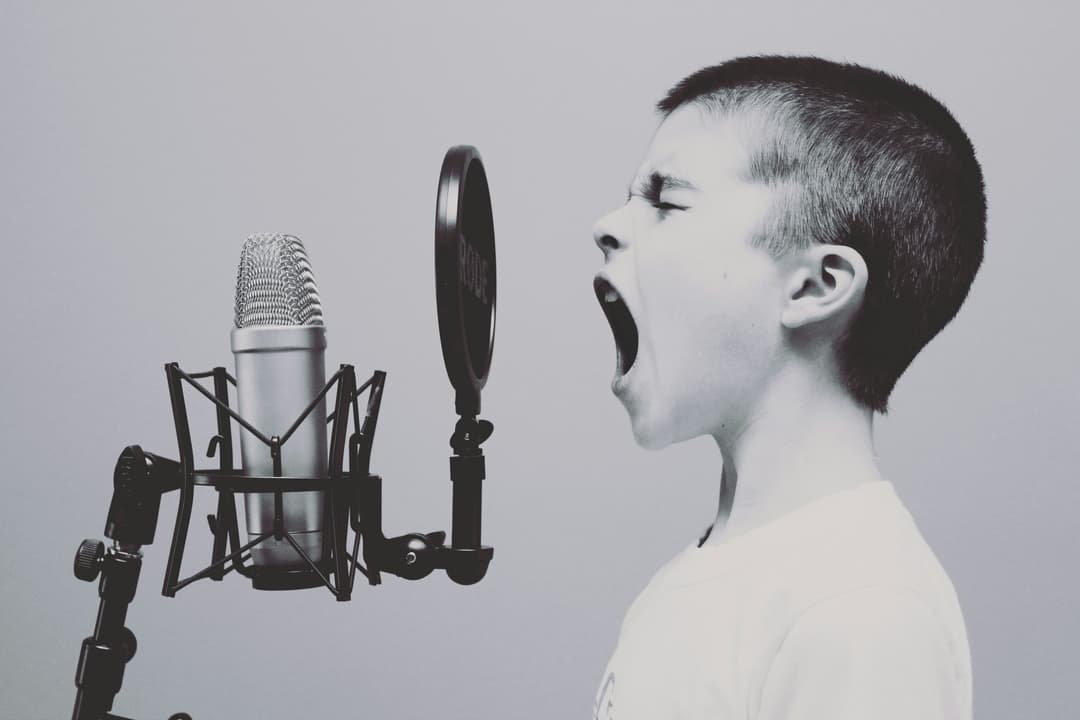Revolutionizing Music - Advanced Call and Response Techniques in Contemporary Compositions

July 3, 2024
Call and response is a timeless musical conversation, a technique as old as music itself, but still as fresh and effective in modern compositions as it ever was. This technique involves alternating between a statement (the "call") and a direct commentary (the "response"), creating a dynamic and interactive musical dialogue. In this article, we'll explore how mastering this method can enrich compositions, enhance cognitive and creative skills, and develop the brain's auditory capacities.
Cognitive Benefits of Ear Training
Ear Training and Mental Sharpness:
Integrating call and response techniques in ear training can significantly sharpen auditory skills. This method enhances cognitive functions by improving memory, attention to detail, and the speed of auditory processing. Studies have shown that musicians who engage in advanced ear training tend to have heightened auditory capabilities, which contribute to overall cognitive flexibility.
Mental Health and Ear Training
Soothing Effects on the Mind:
The mental health benefits of ear training, particularly through call and response exercises, are profound. Engaging in musical dialogues can reduce stress, alleviate anxiety, and even improve symptoms of depression. The repetitive nature of call and response can serve as a meditative practice, helping individuals find mental clarity and emotional balance.
Research on Ear Training Benefits
Brain Development and Neuroplasticity:
Research underscores the impact of ear training on brain development. Call and response techniques stimulate the auditory cortex, enhancing neuroplasticity—the brain's ability to reorganize itself by forming new neural connections. This not only improves auditory skills but also supports overall brain health and developmental longevity.
Creative Benefits of Ear Training
Fostering Musical Innovation:
Creatively, call and response techniques allow composers and musicians to experiment with echoes, thematic development, and narrative storytelling within music. This method can inspire innovative musical structures and ideas, pushing the boundaries of traditional composition styles and genres.
Mastering call and response techniques not only enhances musical compositions but also supports cognitive, mental, and creative growth. By fostering a deeper understanding and practice of this technique, musicians can unlock new potentials in their musical journeys and compositions.
What are call and response techniques in music?
Call and response in music is a form of structured dialogue where one voice or instrument leads with a phrase and another voice or instrument answers or complements the initial phrase.
How can call and response techniques be used in modern compositions?
These techniques can be integrated into any musical genre to add dynamic interaction, thematic development, and emotional depth to compositions.
What are the benefits of using call and response in compositions?
Benefits include enhanced listener engagement, increased musical complexity, and improved cognitive and creative skills among musicians.
Can call and response techniques be applied to any musical genre?
Yes, call and response is versatile and can be adapted to fit any musical style, from classical to pop to jazz and beyond.
Are there famous modern compositions that utilize call and response?
Numerous modern pieces feature this technique, including works by composers like Steve Reich, Philip Glass, and popular music from artists like Beyoncé and Kendrick Lamar.


